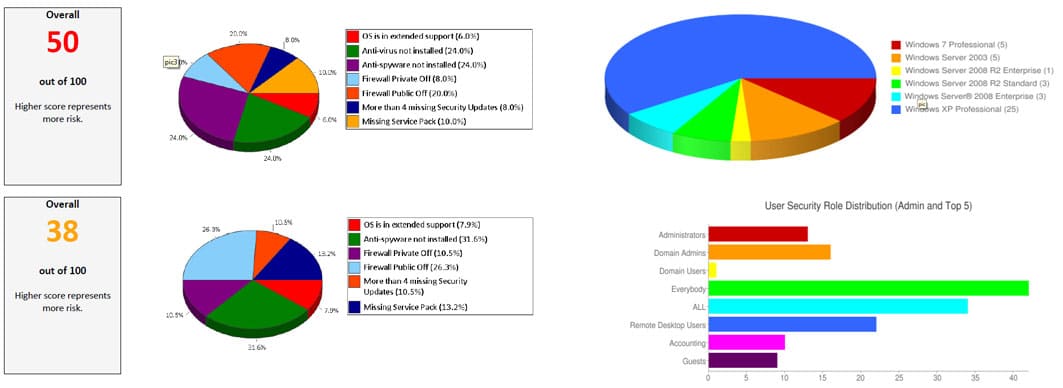Sales: 678.967.3854
Support: 866.252.6363
What We Do
Who We Serve
Success Stories
Latest Thinking
LATEST THINKING
About Us

By the DynaSis Team
Have your employees complained about slow connections to either the Internet or the company network? Have you tested your upload/download network speeds at the server and found them to be fine?
One of the issues small and medium-sized businesses face is getting the fast throughput (transfer of data) to their workers’ computers. Firms purchase business-grade (or even very fast home-grade) Internet packages and then find that their employees’ connections are not fast enough for optimal productivity. They assume the problem must be old or misconfigured computers―and hold off on performing upgrades or repairs due to budget concerns.
Although outdated or improper configuration can be the culprits for slow network connections, there are other, less complex (and expensive) issues that may be in play. Among workstations, problems that impact connectivity can range from too many browser add-ons to a badly fragmented hard drive. The frequency of these types of issues―and the regularity with which online “experts” mention them―leads companies to assume that if only a few employees have slow network connections, the obvious cause must be those particular PCs.
In reality, network issues―even those that impact only a handful of PCs in the office―can be due to many factors other than the machines themselves. In the days when most companies used Ethernet cables to create hard-wired network connections, speeds from the Web server were fairly consistent and predictable for all personnel. With the current popularity of Wi-Fi routers, however, all bets are off.
In some cases, the routers around the office are unable to broadcast at the high speeds coming from the main connection. In other cases, intervening obstacles such as a concrete wall―or even sheer distance―weaken the signal. A third common cause is an insufficient number of routers to handle all the traffic at the highest speed possible. (Network connections are like highways for data. When too many people try to travel on them at once, everything slows down.)
Fortunately, resolving network issues outside the PC is often faster and less expensive than replacing or repairing computers. Sometimes, fixing the problem can be as simple as configuring two conflicting firewalls to work together more effectively.
The DynaSis Network Assessment offers an affordable way for companies to determine exactly where network bottlenecks are occurring, so they can make a plan to eliminate these performance busters. A Network Assessment is much more efficient and cost-effective than manual troubleshooting. It takes minutes and does not impede worker productivity while it runs.
After the assessment, DynaSis’ trained technicians review the results and present your company with a detailed report of findings, including any problems we have identified. We can then develop a “resolution roadmap” that fits your budget and gets your network back on track. To query our experts about your network performance issues, or to learn more about our Network Assessment, fill out our inquiry form or give us a call.
